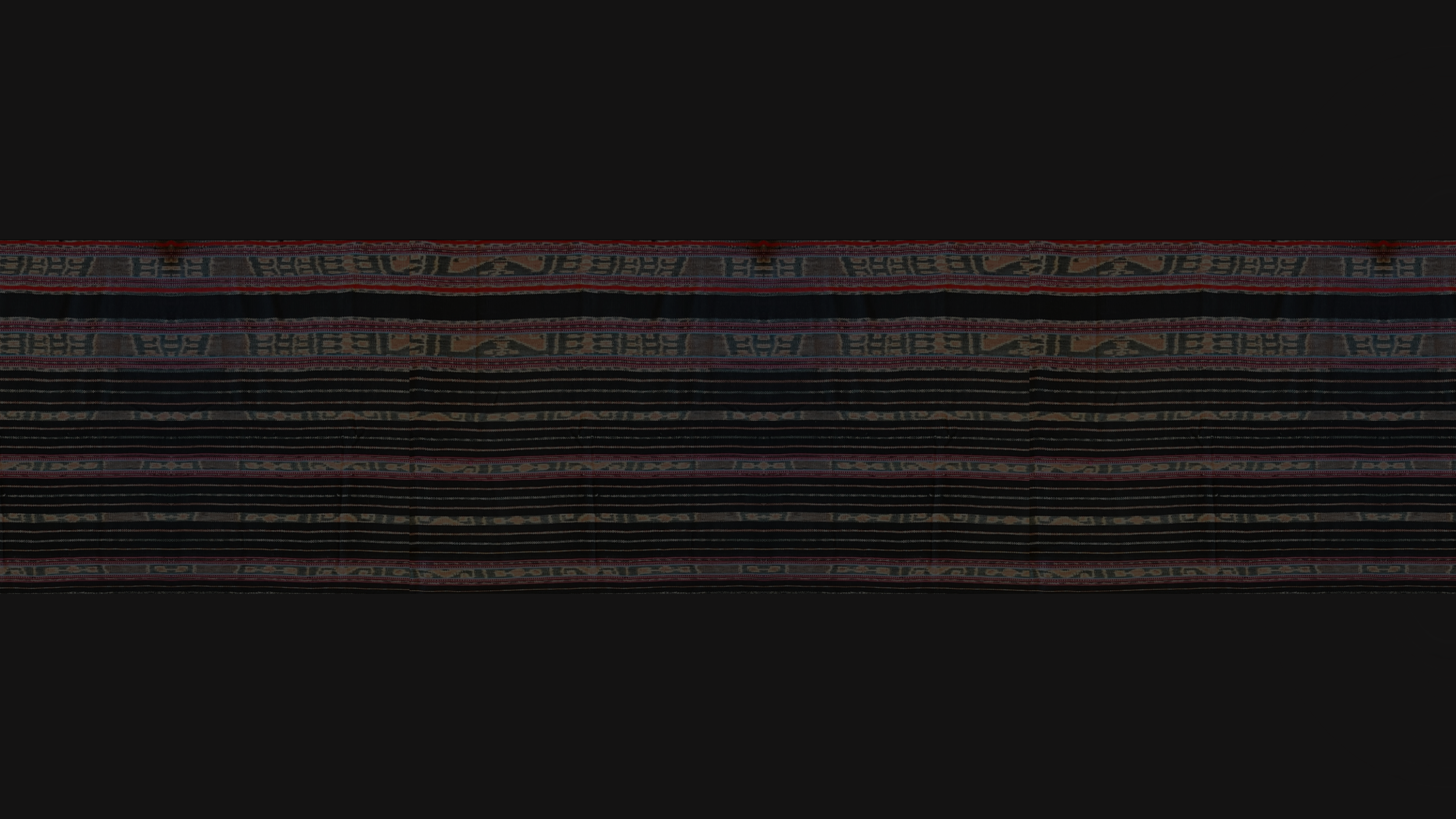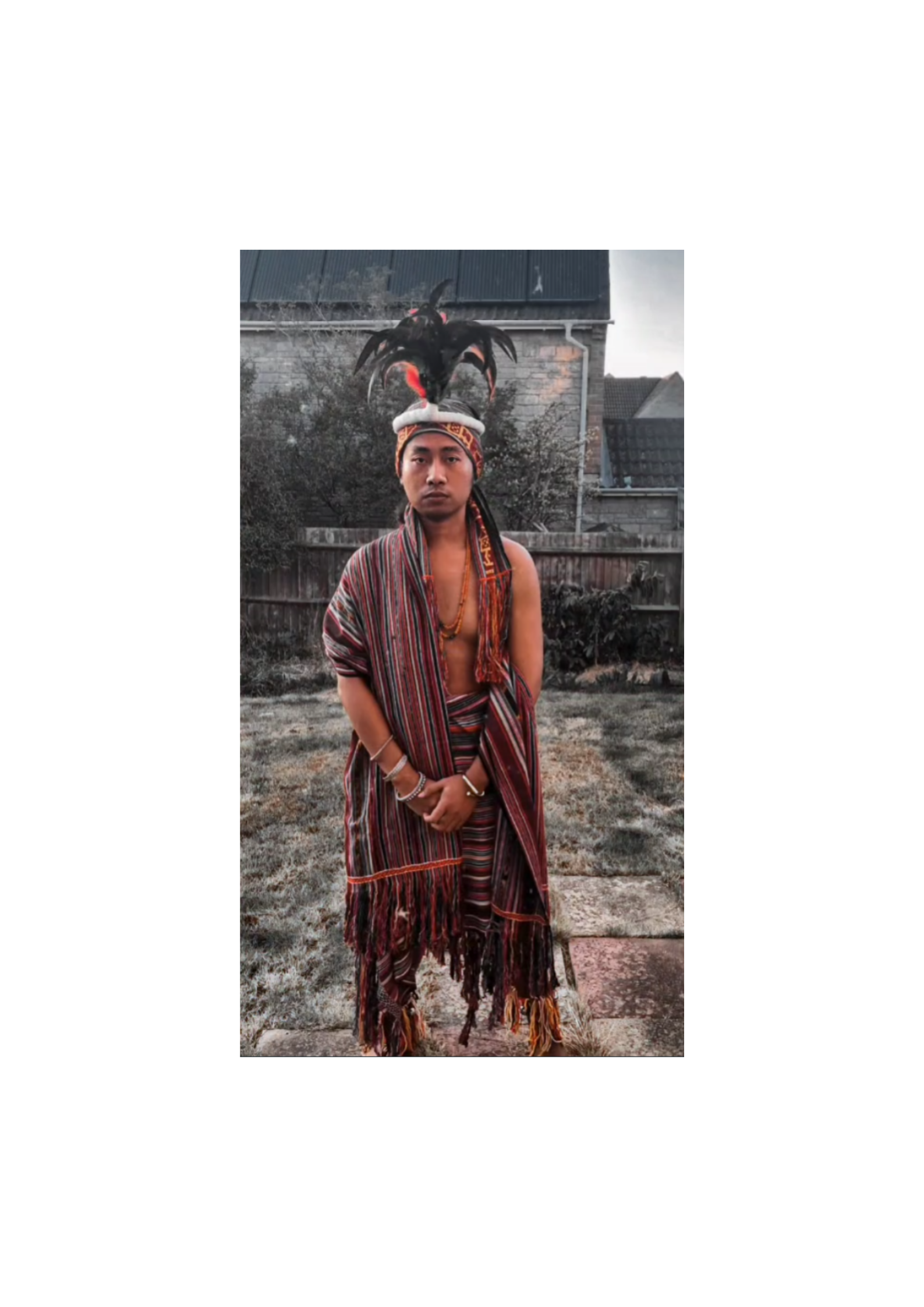Historically, Tais served as clothing, ceremonial dress, dowries, and sacred offerings. Each design tells a story—symbolising local myths, ancestry, spiritual beliefs, and regional pride. Its motifs vary from district to district, reflecting the diverse ethnic heritage of Timor-Leste.
Traditionally made from hand-spun cotton and dyed with natural plant materials, the craft of Tais is passed down from mothers to daughters through oral tradition and practice. Men often assist by collecting dye plants or preparing fibres, but weaving itself is considered a woman’s sacred role.




